Name: Arctic Hare, Polar Rabbit (Lepus arcticus)
Length: 40-70 cm (excluding the tail)
Weight: 2.5-5.5 kg
Location: Arctic
Conservation status: Least Concern
Diet: Leaves, woody plants, willow, lichens, mosses, blooms, grasses, roots, seaweed
Appearance: White, with some brown depending on location and season
How do Arctic Hares forage?
Arctic Hares dig through winter snow to find woody plants, lichens, and mosses. In warmer seasons, they access tree bark, roots, berries, leaves, and buds more easily.
Are Arctic Hares social?
Arctic Hares usually live alone but may group together by the dozens or even hundreds for warmth.
How fast can Arctic Hares move?
Arctic Hares can run up to 60 km per hour.
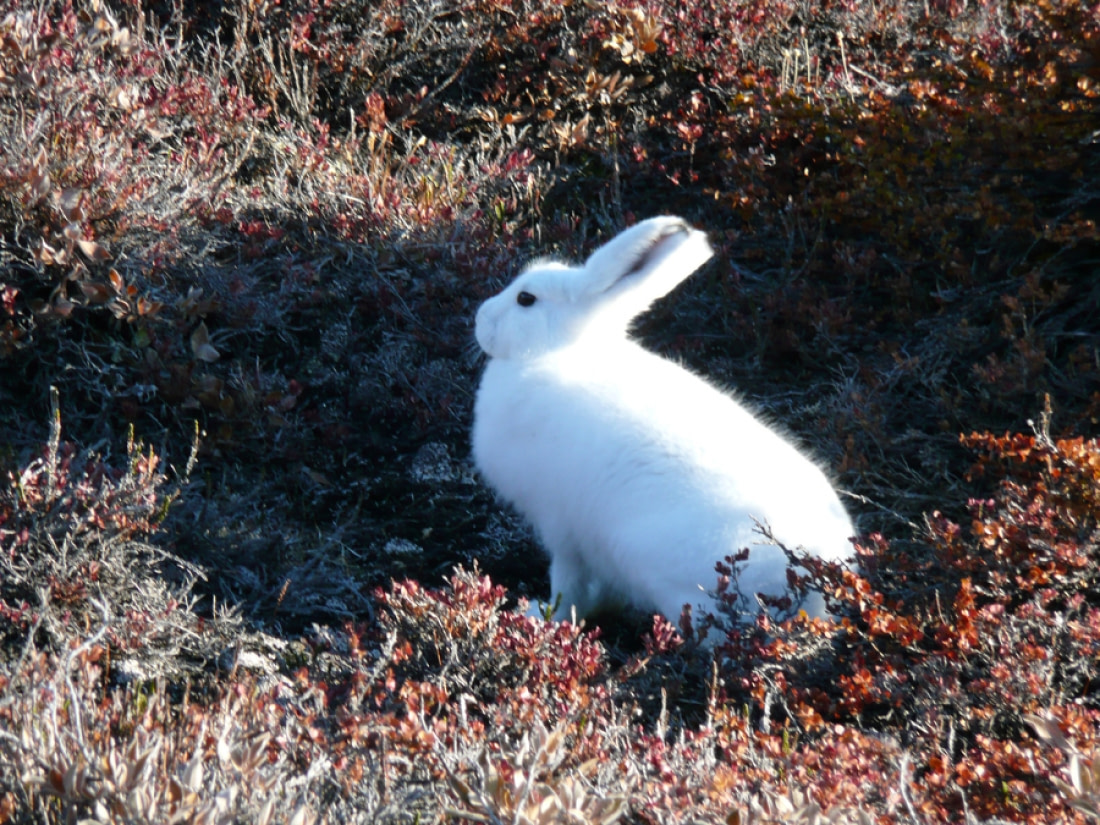
What are Arctic Hare mating rituals like?
During mating season, Arctic Hares disperse and pair up. Males may visit multiple females. The season, often chaotic, is called "March Madness" or "Midnight Madness" in the far north. Females can have up to 8 leverets in spring or early summer. The young mature quickly, becoming adults by September and ready to mate the next season.
How long do Arctic Hares live?
Arctic Hares live an average of 3 to 5 years in the wild.
How many Arctic Hares are there today?
No scientific count or estimate exists for the Arctic Hare population.
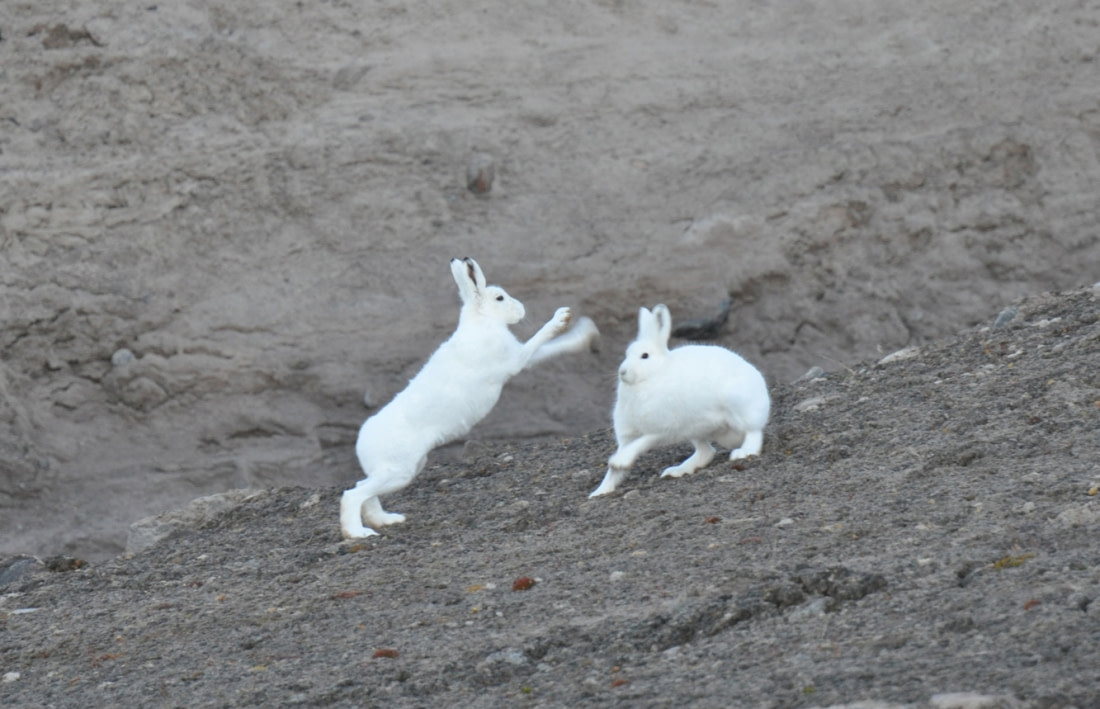
Do Arctic Hares have any natural predators?
Predators include Arctic Foxes, Red Foxes, Grey Wolves, Canadian Lynx, Ermines, Rough-legged Hawks, Peregrine Falcons, Gyrfalcons, and Snowy Owls.
7 Awesome Arctic Hare Facts
- Nicknamed the "Polar Rabbit," Arctic Hares have shorter ears than rabbits, stand taller, and thrive in polar regions.
- Arctic Hares in the far north remain white year-round, while those in southern regions moult to brown fur in summer for camouflage.
- They are among the largest in the taxonomic order Lagomorphs.
- Though predominantly folivores, they have been known to eat fish and the stomach contents of dead animals.
- They dig holes under the snow or ground to stay warm and sleep.
- Black eyelashes protect their eyes from glare.
- Their eye placement allows them to see 360 degrees without turning their heads.

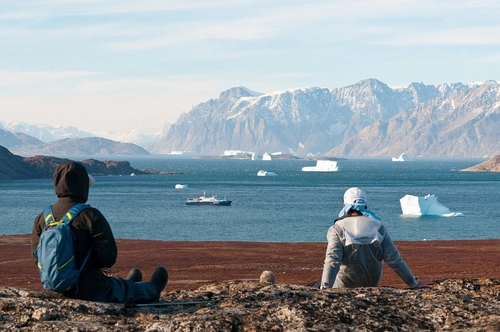




Related Trips



The Norse Settlement of Greenland

Under the Greenland Ice Sheet

How and When Did Greenland Become Covered in Ice?

Harp seals harping on in Greenland

Greenlandic Inuit Beliefs

Not Eskimos: 10 Enlightening Facts About the Inuit

Greenland's History: When Vikings Ruled the Ice Age

The Arctic Hare: Easter Bunny

5 Misconceptions You Might Have About Greenland

Discover the Scoresby Sund Fjord System in East Greenland

The Small Mammals of the Arctic and Antarctica
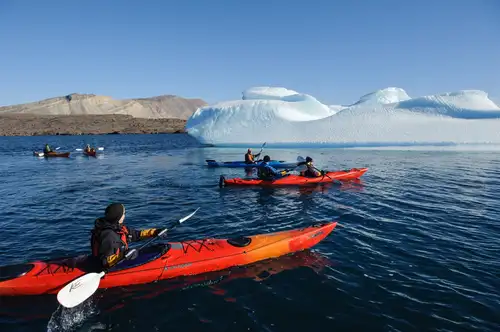
Greenland: Where the Kayak Was Invented

Greenland: East vs. West

Scoresby Sund: the Greatest Greenland Adventure

Kayaking In Greenland

The bowhead whale, whaling about the Arctic

Six Seal Species You Might See On Your Greenland Cruise
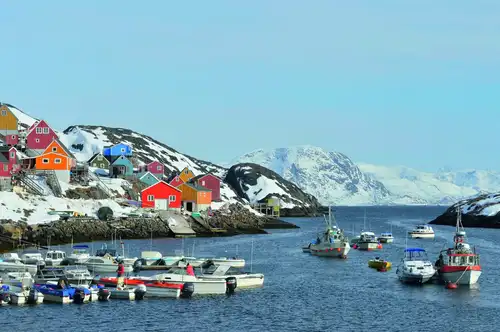
Amazing Greenland

The World Is Changing for Greenland's Native Inuit People
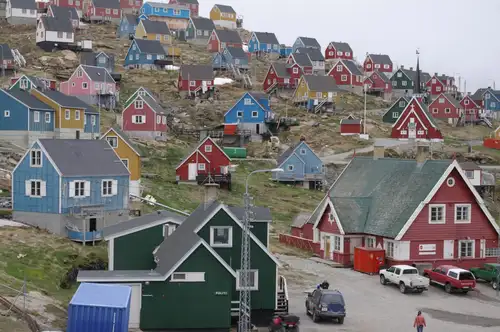






 20 Days / 19 Nights
20 Days / 19 Nights
